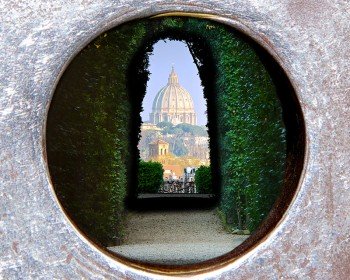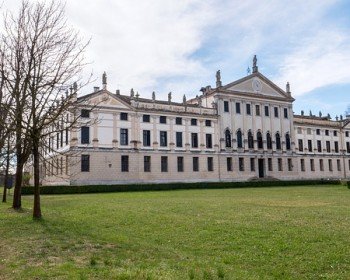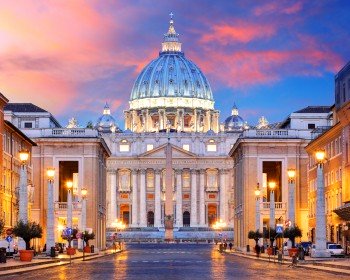The Pietà di San Pietro is a marble sculpture made by Michelangelo Buonarroti between 1497 and 1499 and preserved in the Basilica of San Pietro in the Vatican. It is the only work that bears, on the shoulder strap worn by the Virgin, the signature of the author:
“MICHAEL.A[N]GELVS BONAROTVS FLORENT[INVS] FACIEBAT”
translated: “Michelangelo Buonarroti, Florentine, made this"
This decision took place following an event: some Lombard gentlemen, while admiring the beauty of the statue of the Pietà di San Pietro, tried to identify the author, believing he was one of their countrymen. Michelangelo, listening to their conversation, entered the church at night and engraved his name on the statue.
→ VISIT ST. PETER BASILICA AND ITS DOME
History and description of the Pietà di San Pietro
Michelangelo was in his twenties when he created one of the greatest works of art in the West: "The Pietà di San Pietro".
The work measures 174×195×69 cm and was made of white Carrara marble and carved by hand from a single block.
The work was commissioned by the French cardinal Jean Bilhères de Lagraulas in 1497 to be placed in the Chapel of Saint Petronilla. The cardinal ordered Michelangelo to sculpt a Virgin Mary dressed, with Christ dead in his arms.
It is said that the cardinal died on the very day the work of art was installed in the Church of Santa Petronilla, August 6, 1499.
Its beauty and admiration was so great that in 1517 it was decided to exhibit the work in the sacristy of Saint Peter’s Basilica.
Then, due to the works of the basilica, it was moved several times and established in the current location (in the first chapel to the right of the nave of the basilica) in 1749.
In 1964 the Pietà di San Pietro was exhibited at the New York World’s Fair 1964 (the Universal Exhibition of New York 1964-1965) and installed in the Vatican City pavilion.
The vandalic assault and the subsequent restoration of Michelangelo’s Pietà
On May 28, 1972 (the day of Pentecost), an Austrian geologist named László Tóth managed to evade surveillance and hit Michelangelo’s work 15 times with a hammer shouting "I am Jesus Christ, from the death!". The piety was seriously damaged: the blows tore off about fifty fragments, breaking the left arm and shattering the elbow, while on the face the nose and eyelids were almost destroyed.
The restoration began almost immediately and was entrusted to the laboratories of the Vatican Museums, under the direction of the director Deoclecio Redig de Campos.
The restoration was completed on 21 December 1972.






